A report states that due to abysmal yields of its 2nm GAA process, Samsung has little choice but to withdraw personnel from its Taylor plant.


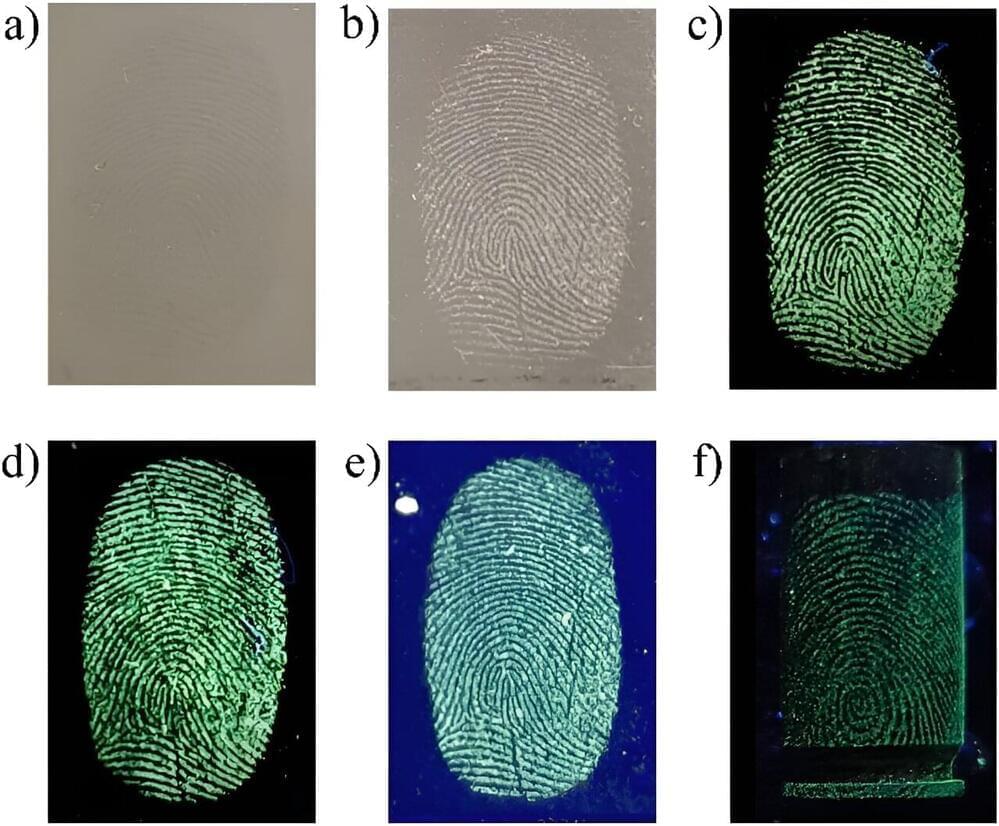
Latent fingerprints require physicochemical development techniques to enhance their visibility and make them interpretable for forensic purposes. Traditional methods for developing fingerprints include optical, physical, and chemical processes that involve interaction between the developing agent (often a colored or fluorescent reagent) and the fingerprint residue. These methods have limitations in recovering high-quality results in certain conditions.
Recently, new methods using mass spectrometry, spectroscopy, electrochemistry, and nanoparticles have improved the development of latent fingerprints. These techniques offer better contrast, sensitivity, and selectivity, with low toxicity. The ability to adjust nanomaterial properties further enhances the detection of both fresh and aged fingerprints.
Mesoporous silica nanoparticles (MSNs) have attracted significant interest since the discovery of the M41S family of molecular sieves, which encompasses MCM-41, MCM-48, and SBA-15. These nanoparticles are characterized by their controlled particle size, porosity, high specific surface area, chemical stability, and ease of surface functionalization.
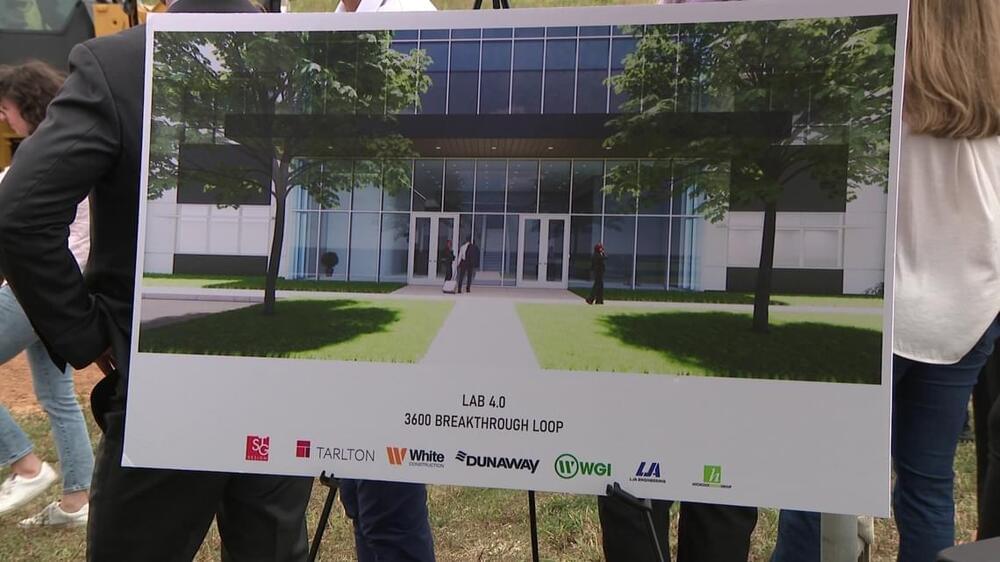
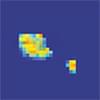
Phase separation, when molecules part like oil and water, works alongside oxygen diffusion to help memristors – electrical components that store information using electrical resistance – retain information even after the power is shut off, according to a University of Michigan led study published in Matter (“Thermodynamic origin of nonvolatility in resistive memory”).
Up to this point, explanations have not fully grasped how memristors retain information without a power source, known as nonvolatile memory, because models and experiments do not match up.
“While experiments have shown devices can retain information for over 10 years, the models used in the community show that information can only be retained for a few hours,” said Jingxian Li, U-M doctoral graduate of materials science and engineering and first author of the study.
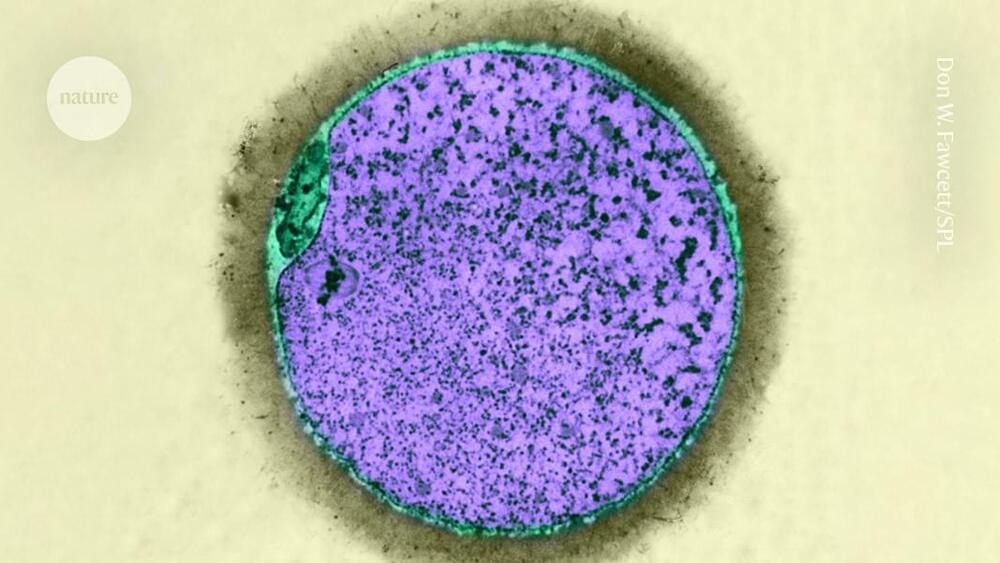
Growing immature eggs from old mice in the ovarian structures of young mice can reverse signs of ageing in the eggs1.
“Think of this as a five-star anti-ageing spa for the old egg,” says Rong Li, a cell biologist at the National University of Singapore (NUS), who co-authored a study describing the results.
When the rejuvenated eggs were fertilized, the resulting embryos were almost four times more likely to give rise to healthy pups than the eggs that matured in the old environment. The results are published in Nature Aging today.
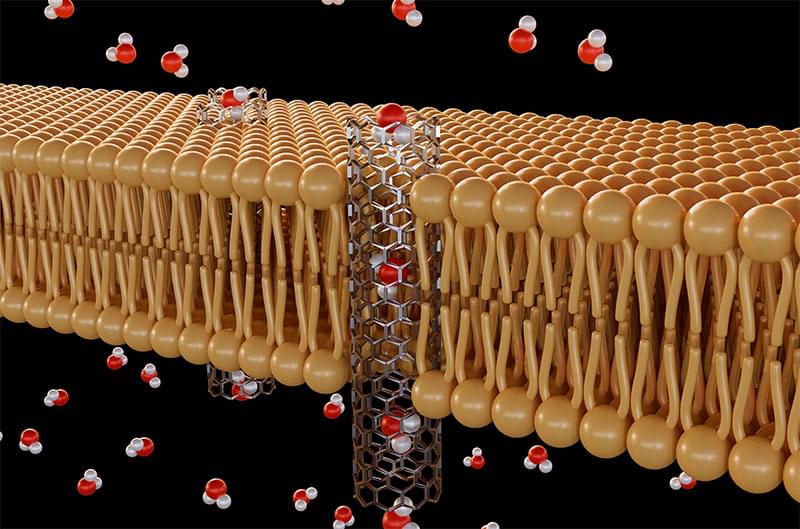
“As complex living systems, we likely have trillions upon trillions of tiny nanoscopic holes in our cells that facilitate and regulate the crucial processes that keep us alive and make up who are,” says Marija Drndić, a physicist at the University of Pennsylvania who develops synthetic versions of the biological pores that “guide the exchange of ions and molecules throughout the body.”
The ability to control and monitor the flow of molecules through these pores has opened new avenues for research in the last two decades, according to Drndić, and the field of synthetic nanopores, where materials like graphene and silicon are drilled with tiny holes, has already led to significant advances in DNA sequencing.
In a paper published in Nature Nanotechnology (“Coupled nanopores for single-molecule detection”), Drndić and Dimitri Monos, her longtime collaborator at the Perelman School of Medicine and Children’s Hospital of Philadelphia (CHOP), presented a new kind of nanopore technology with the development of a dual-layer nanopore system: a design that consists of two or more nanopores, stacked just nanometers apart, which allows for more precise detection and control of molecules like DNA as they pass through.

Someone went through Paul Erdos’ FBI files and found that all suspicious activities was really just him doing math.
A Hungarian born in the early 20th century, Paul (Pal) Erdős, mathematician, was well-known and well-liked, the sort of eccentric scientist from the Soviet sphere that made Feds’ ears perk up in mid-century America. His lifetime generated over 500 scholarly papers and a cult of collaborators. The Erdős number has become a mathy merit badge, and for those that don’t hold a coveted Erdős number of 1, there are resources to determine just how many degrees of celebrity separation exist between the man himself and other technical paper bylines.
But, try as they might, the Federal Bureau of Investigation was never able to find much motivation behind his movements and acquaintances beyond the math of it all.
His political criticisms applied equally to both sides of the Cold War crowd.
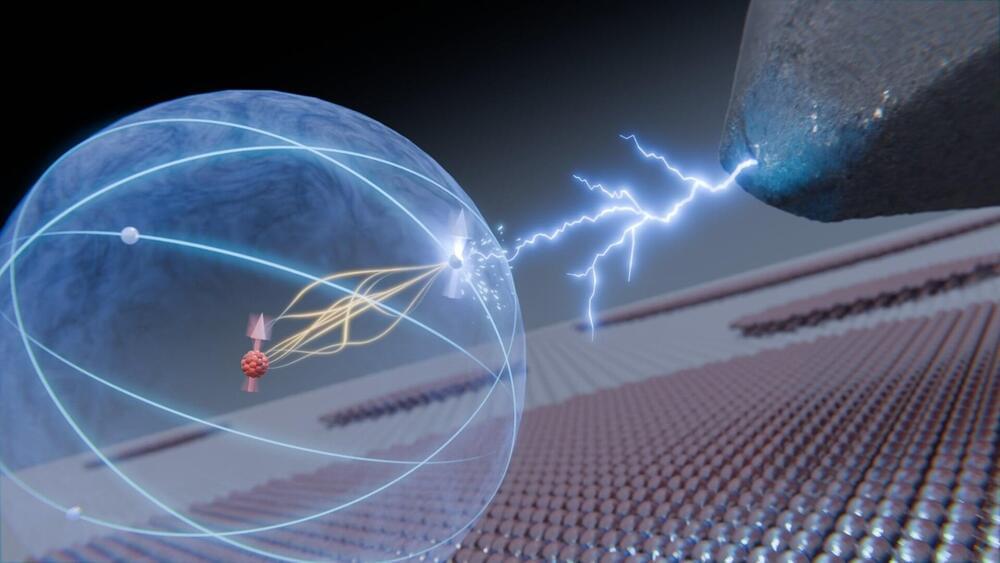
Researchers from Delft University of Technology in The Netherlands have been able to initiate a controlled movement in the very heart of an atom. They caused the atomic nucleus to interact with one of the electrons in the outermost shells of the atom. This electron could be manipulated and read out through the needle of a scanning tunneling microscope.
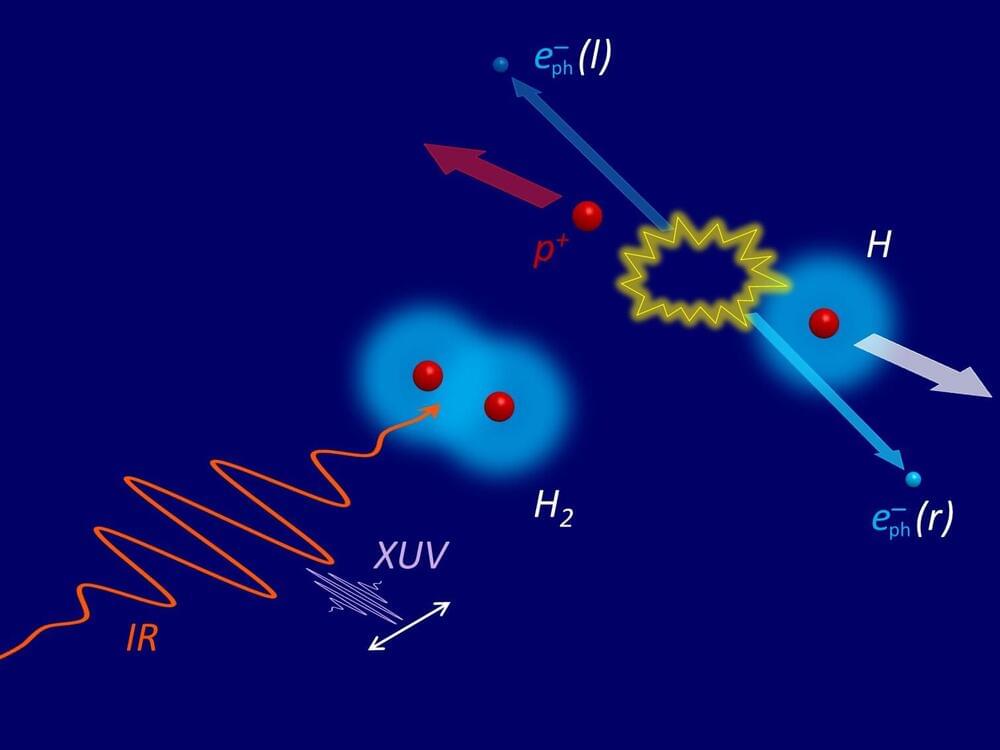
The following declassified nuclear test footage has been enhanced using AI with techniques such as slow motion, frame interpolation, upscaling, and colorization. This helps improve the clarity and visual quality of the original recordings, which were often degraded or limited by the technology of the time. Experiencing these shots with enhanced detail brings the devastating power of atomic weapons into focus and offers a clearer perspective on their catastrophic potential and impact.
Music generated with Suno AI.
Instagram: / hashem.alghaili \r.
Facebook: / sciencenaturepage.